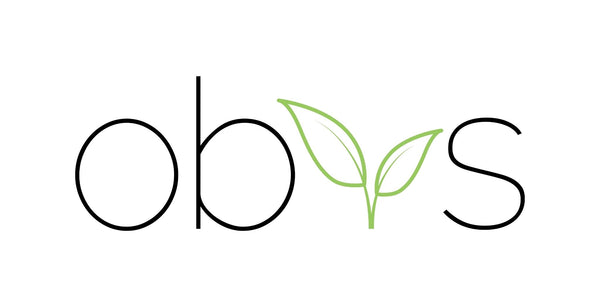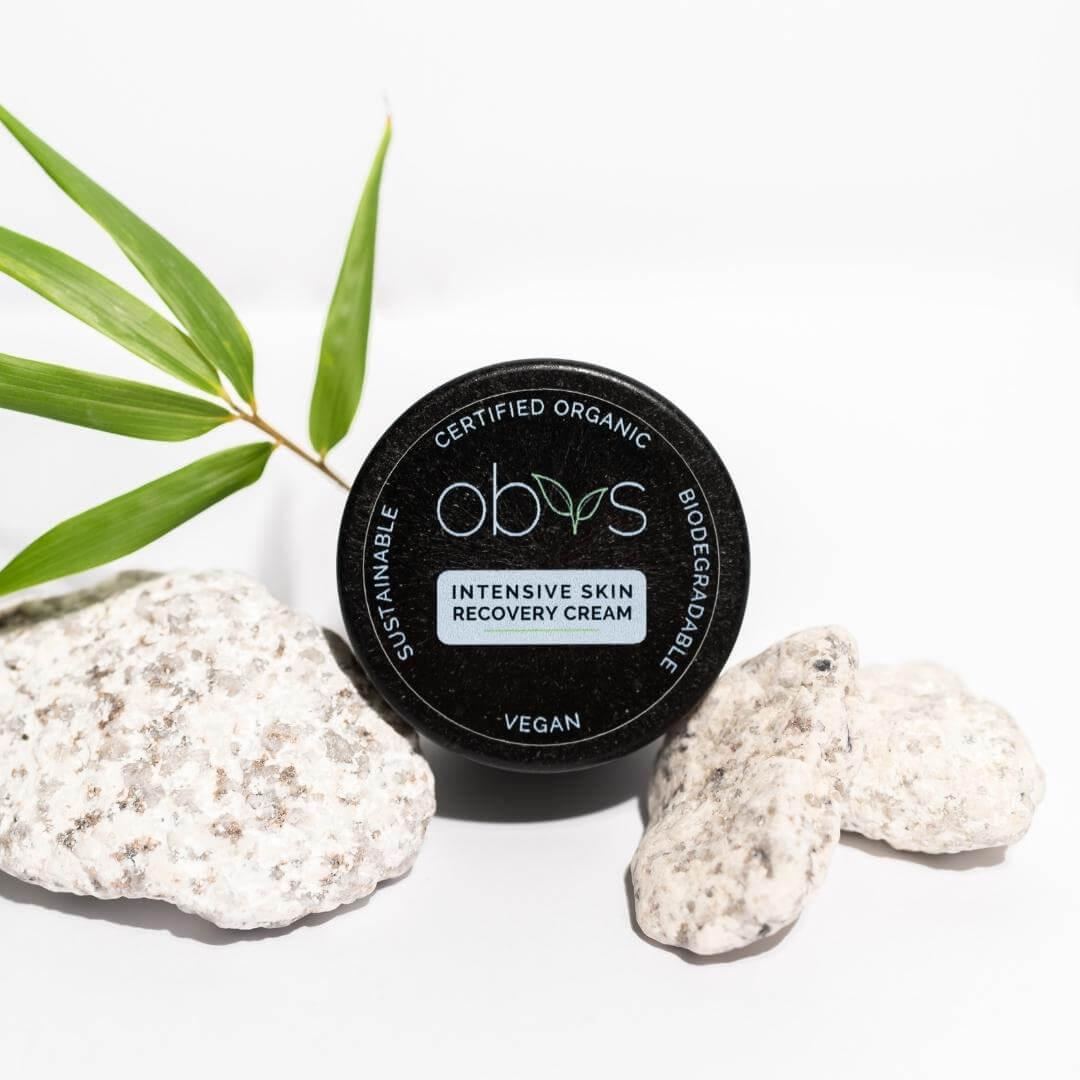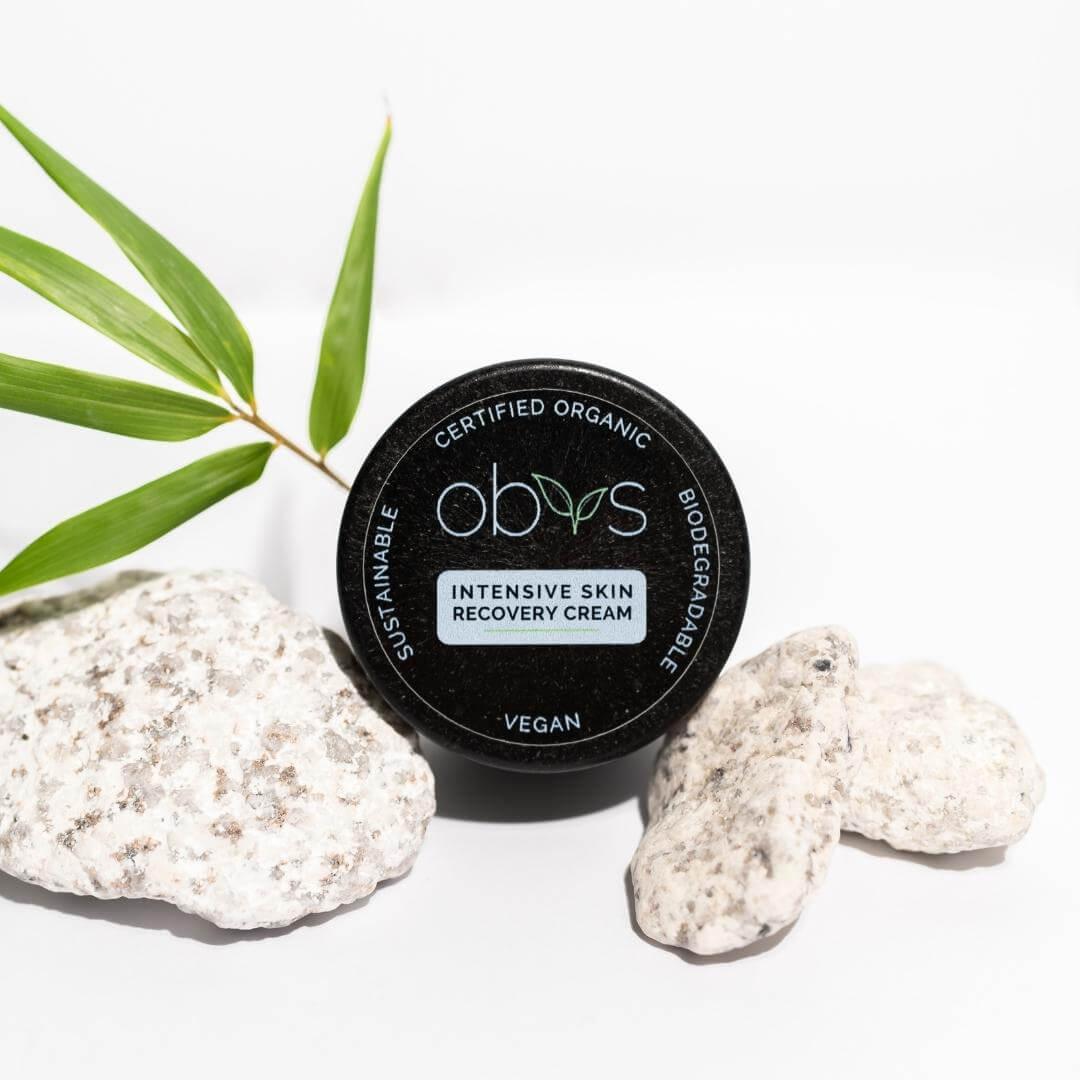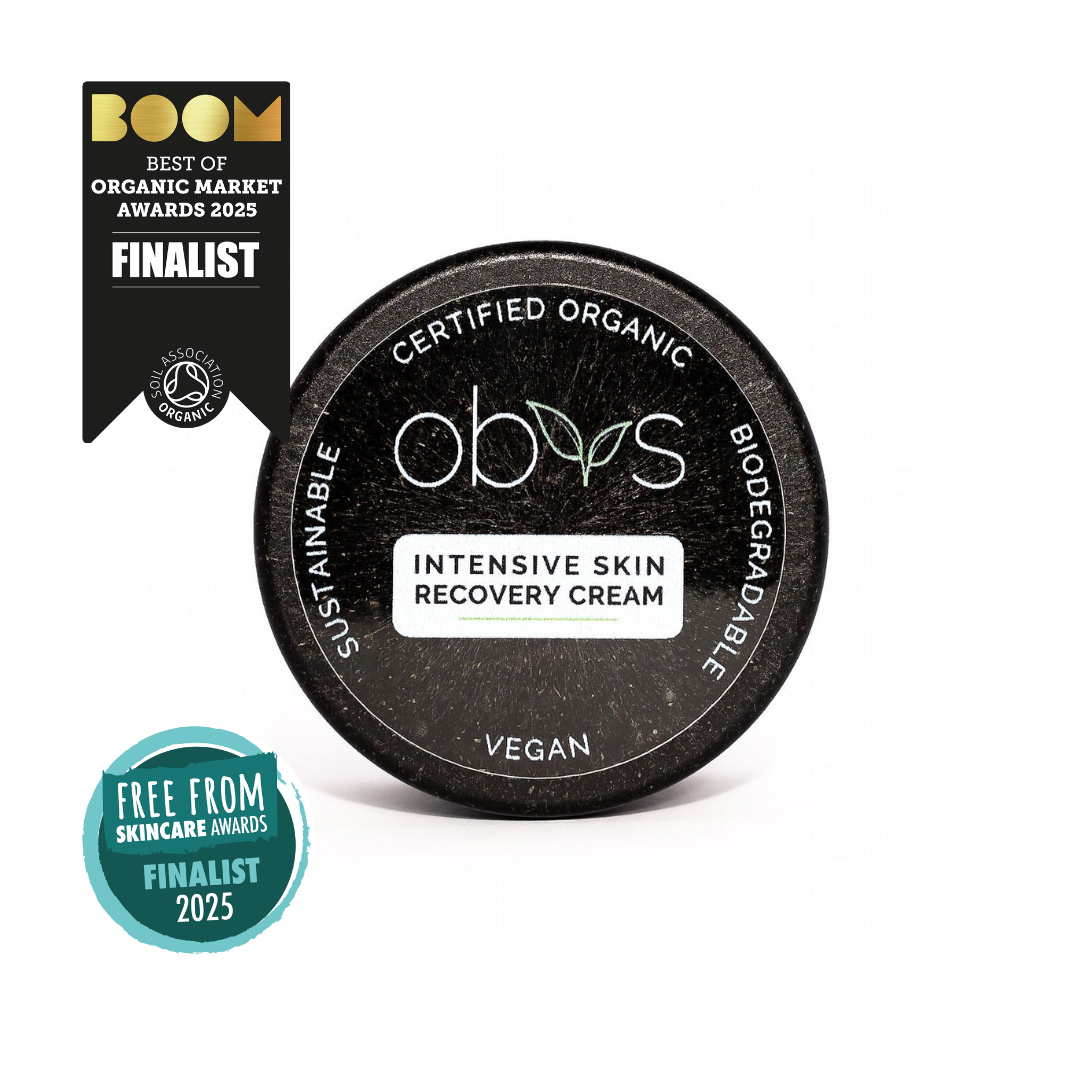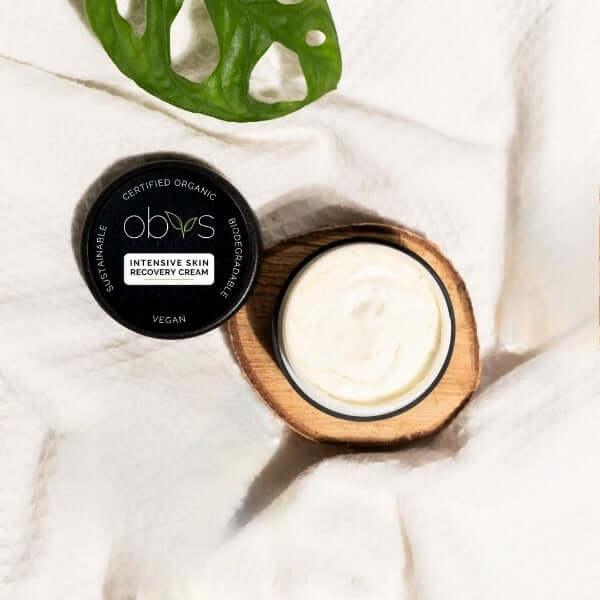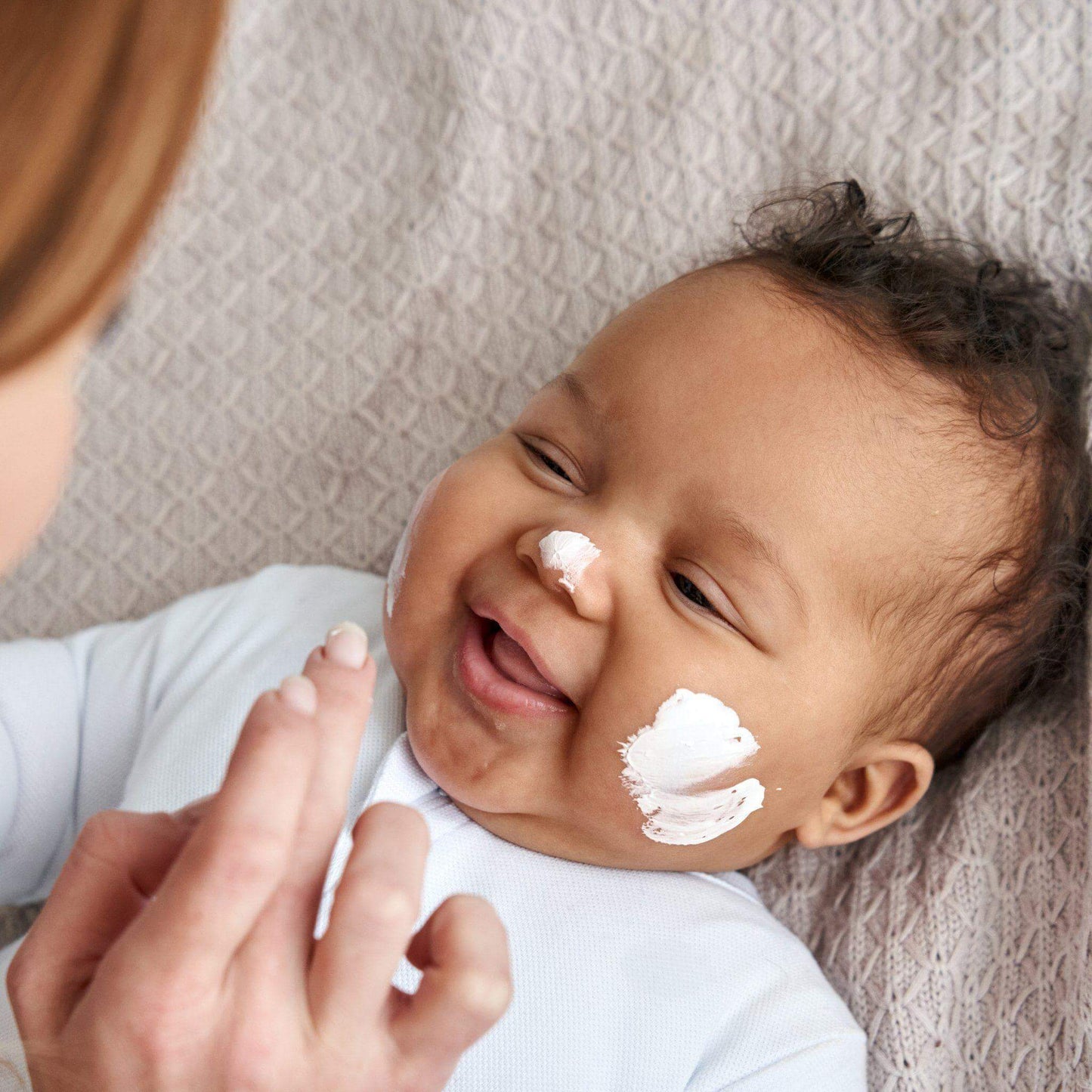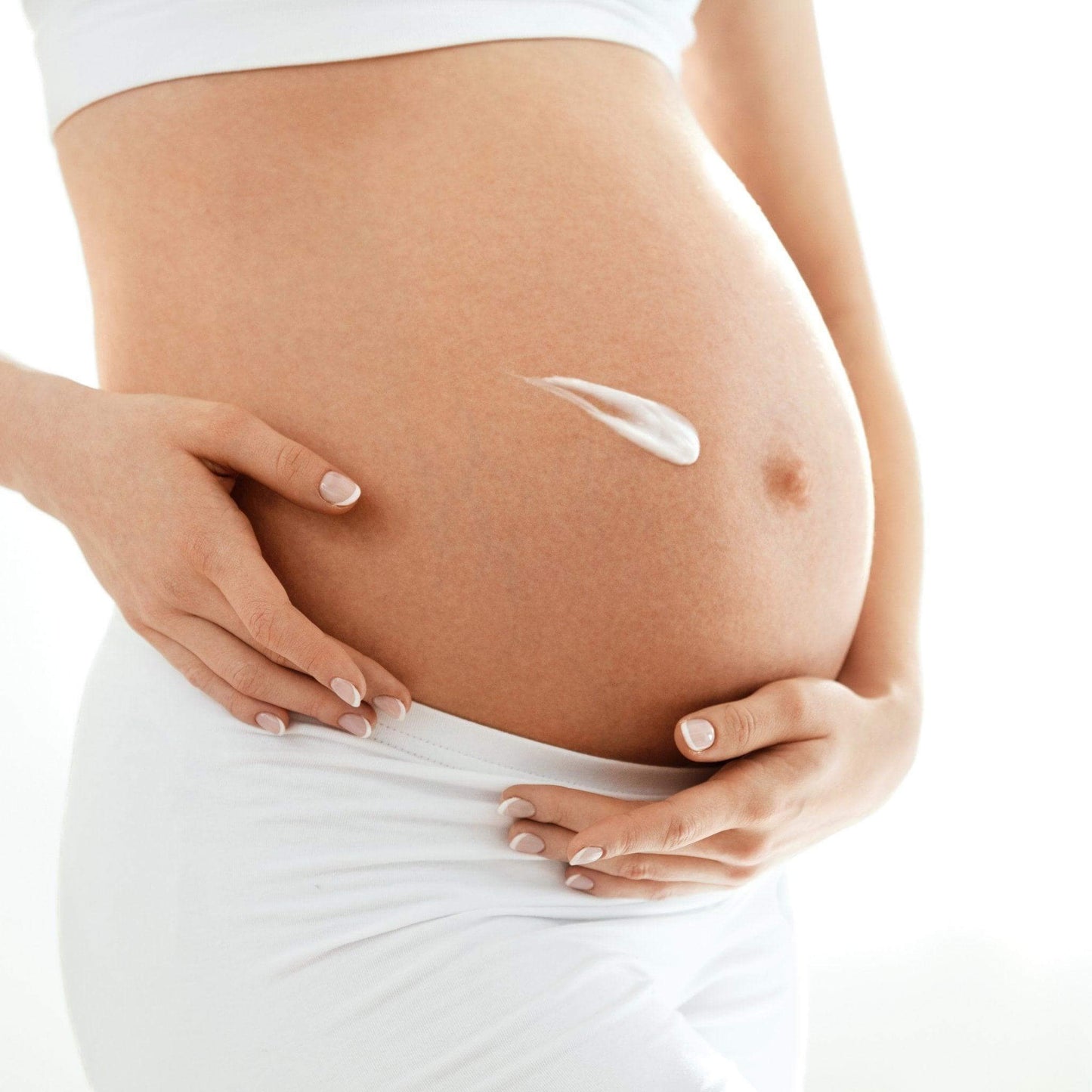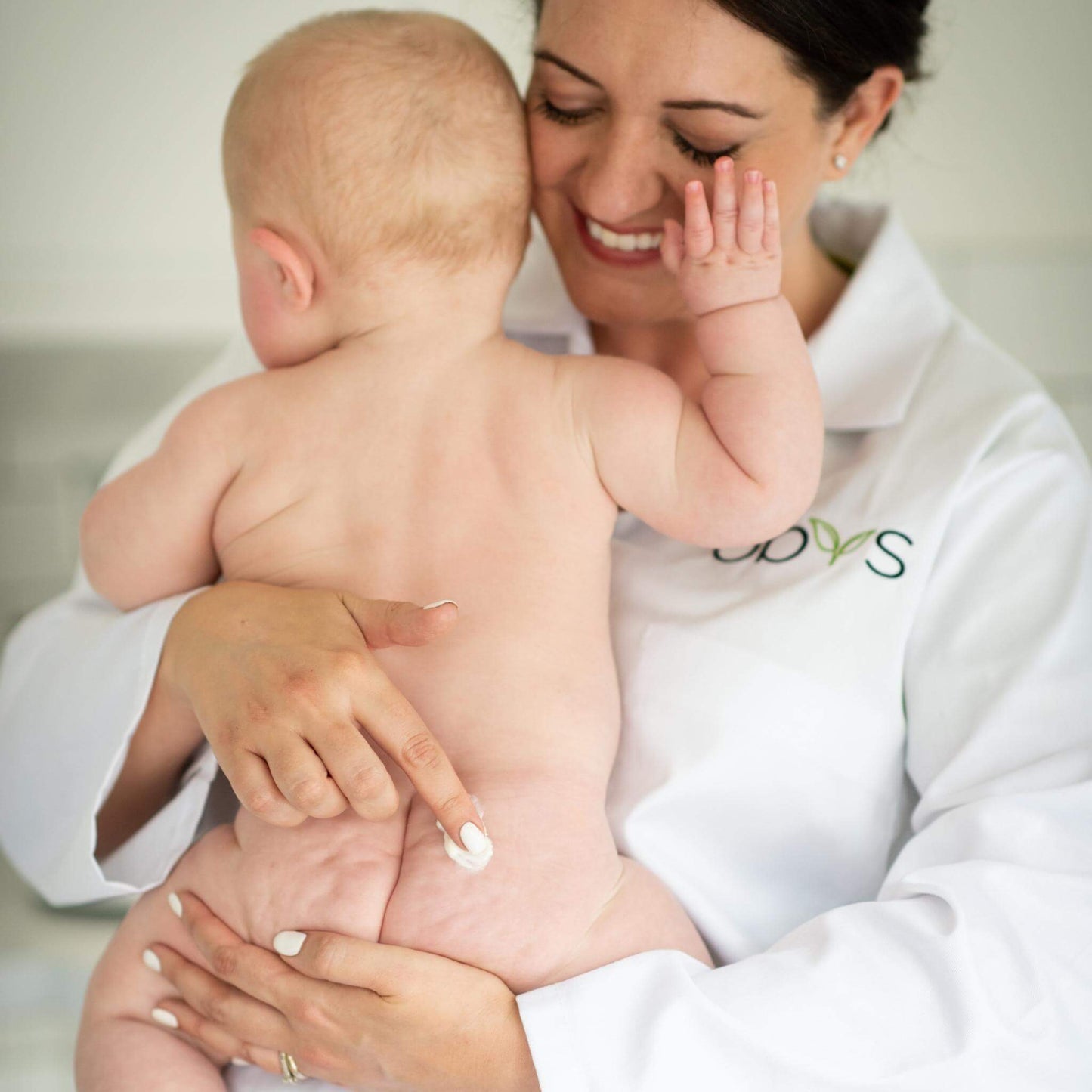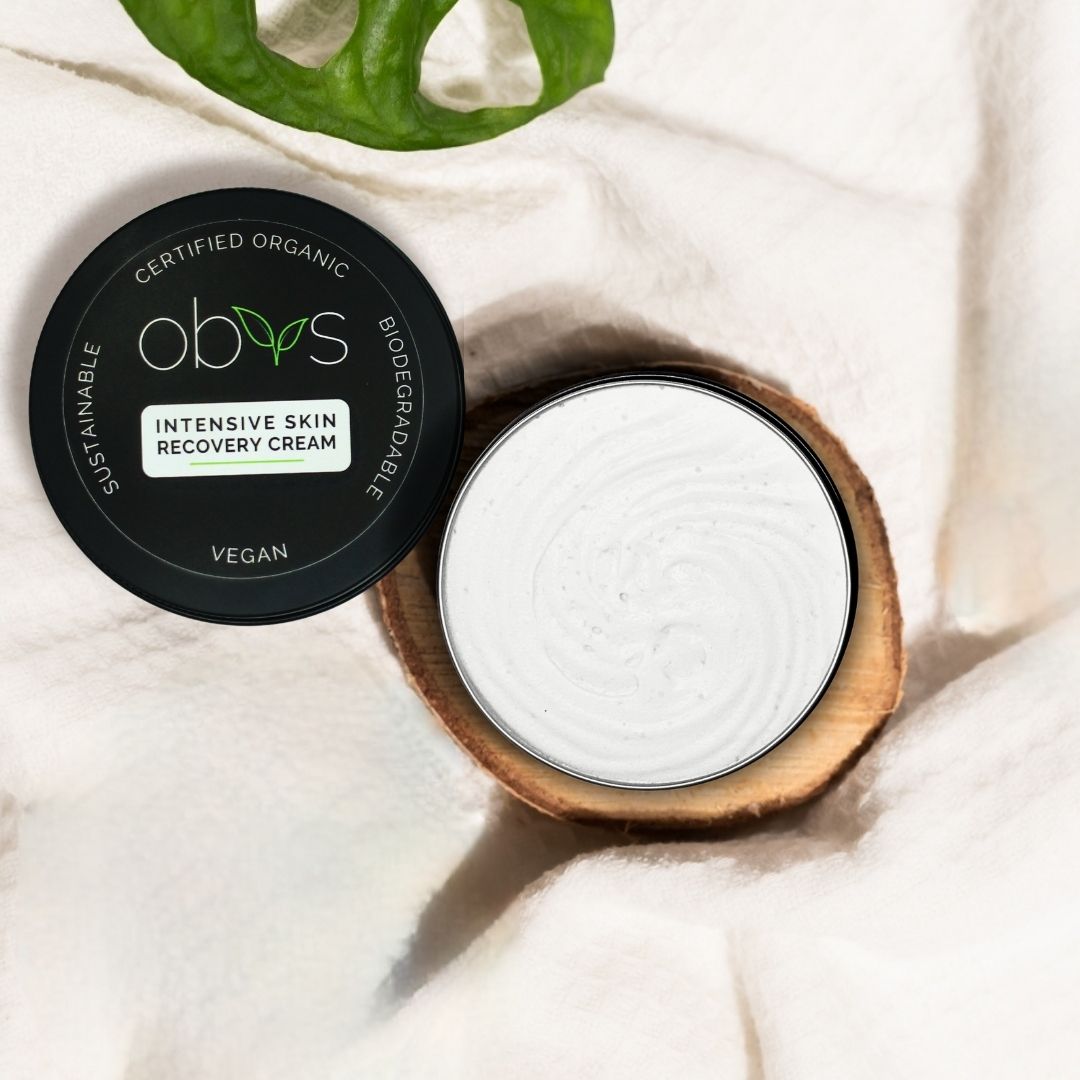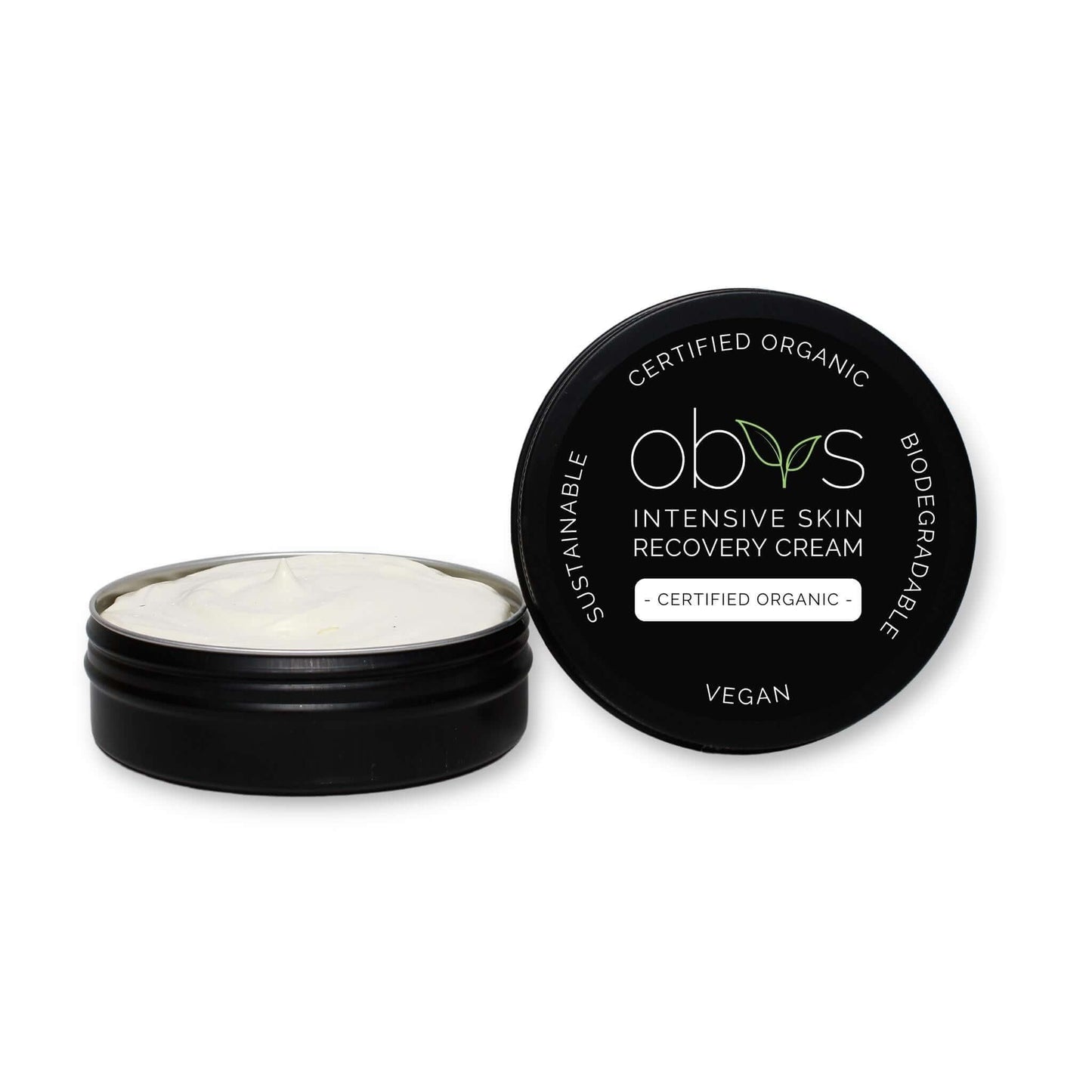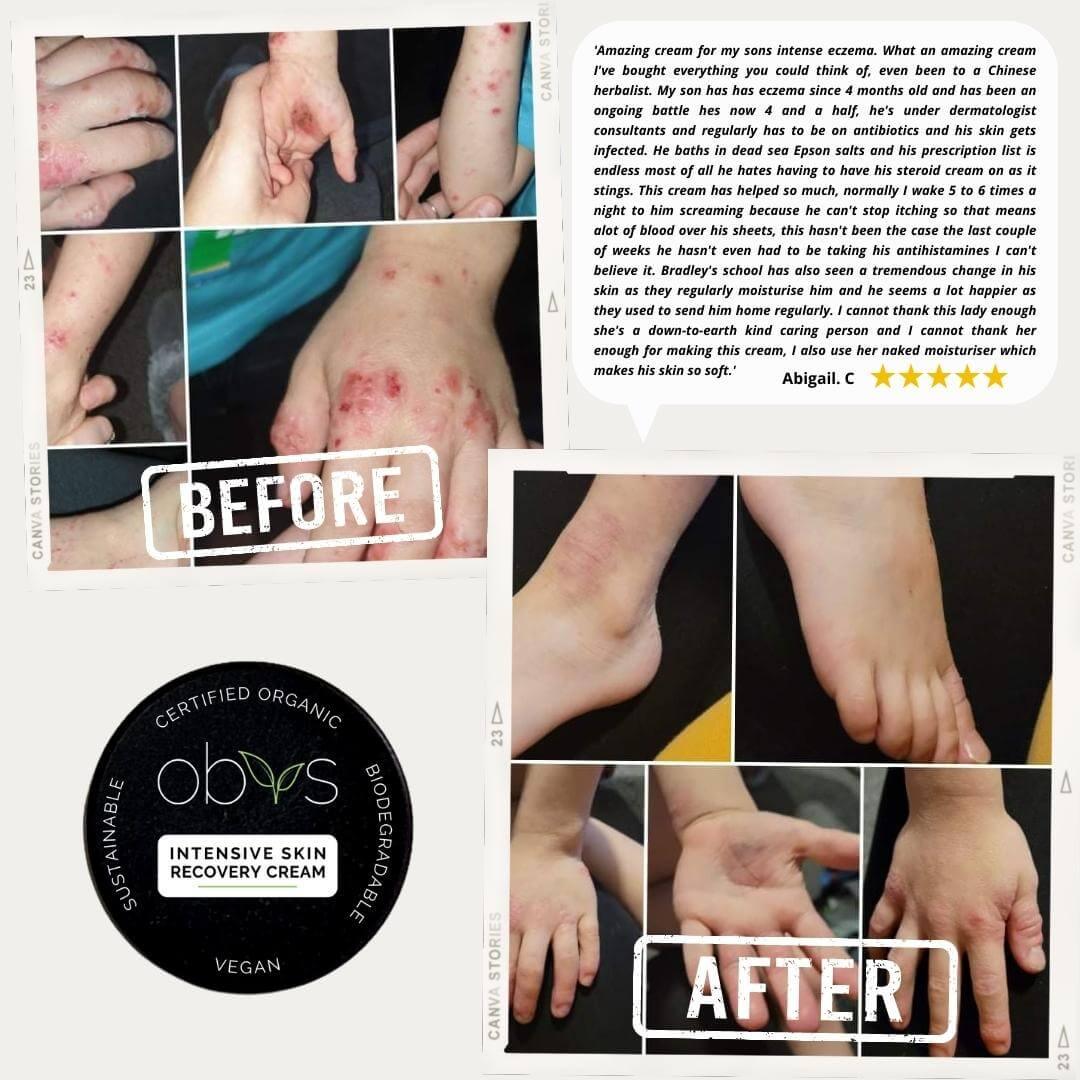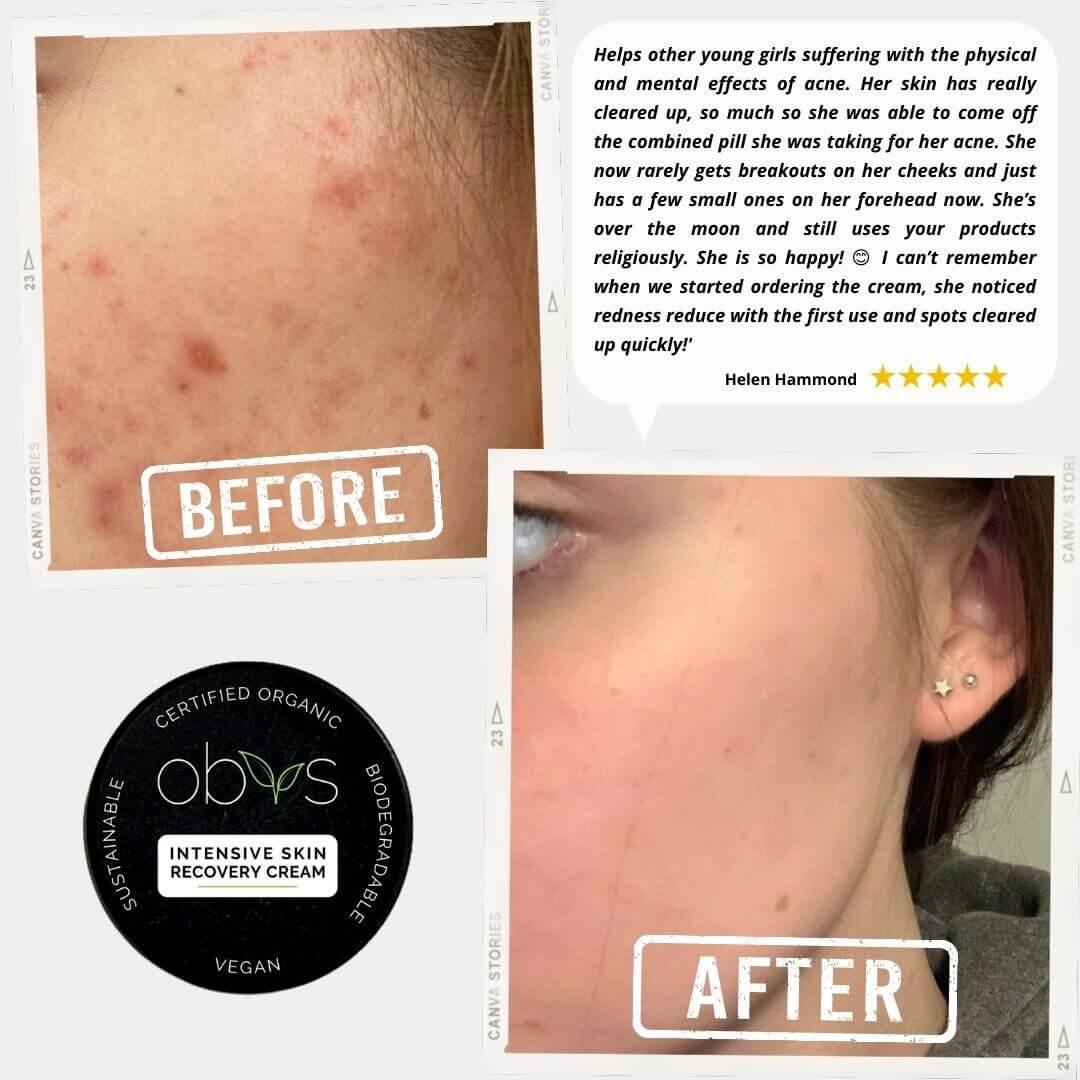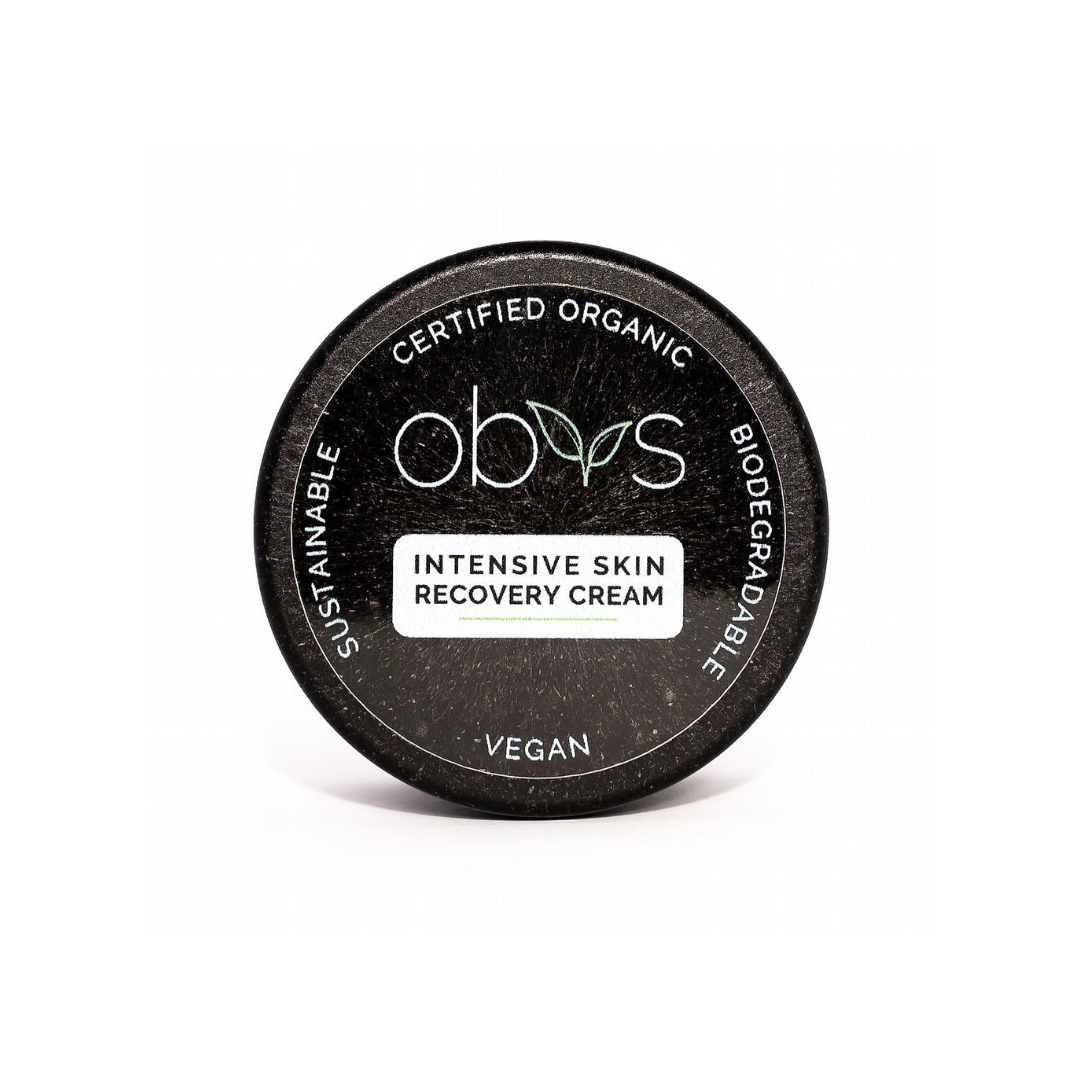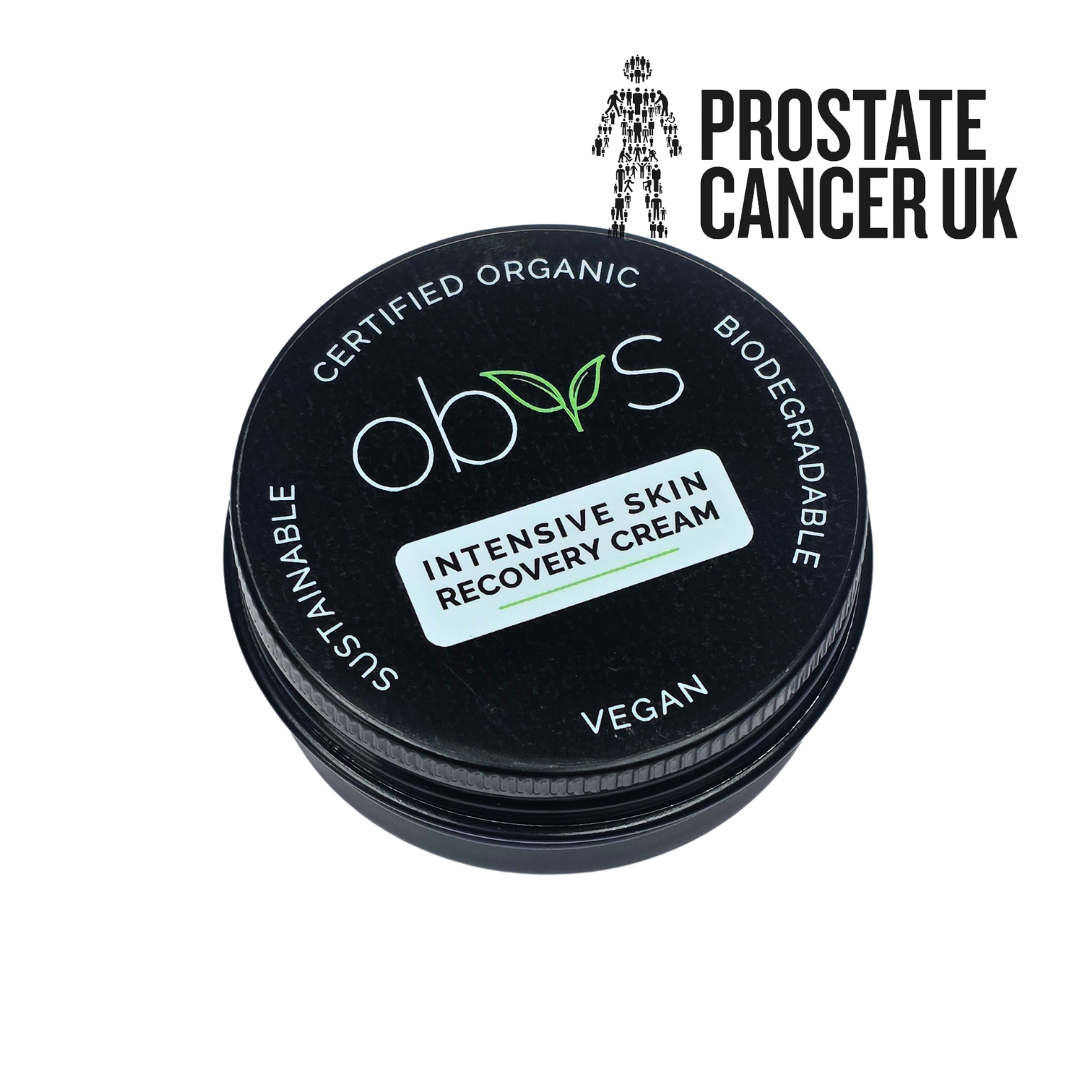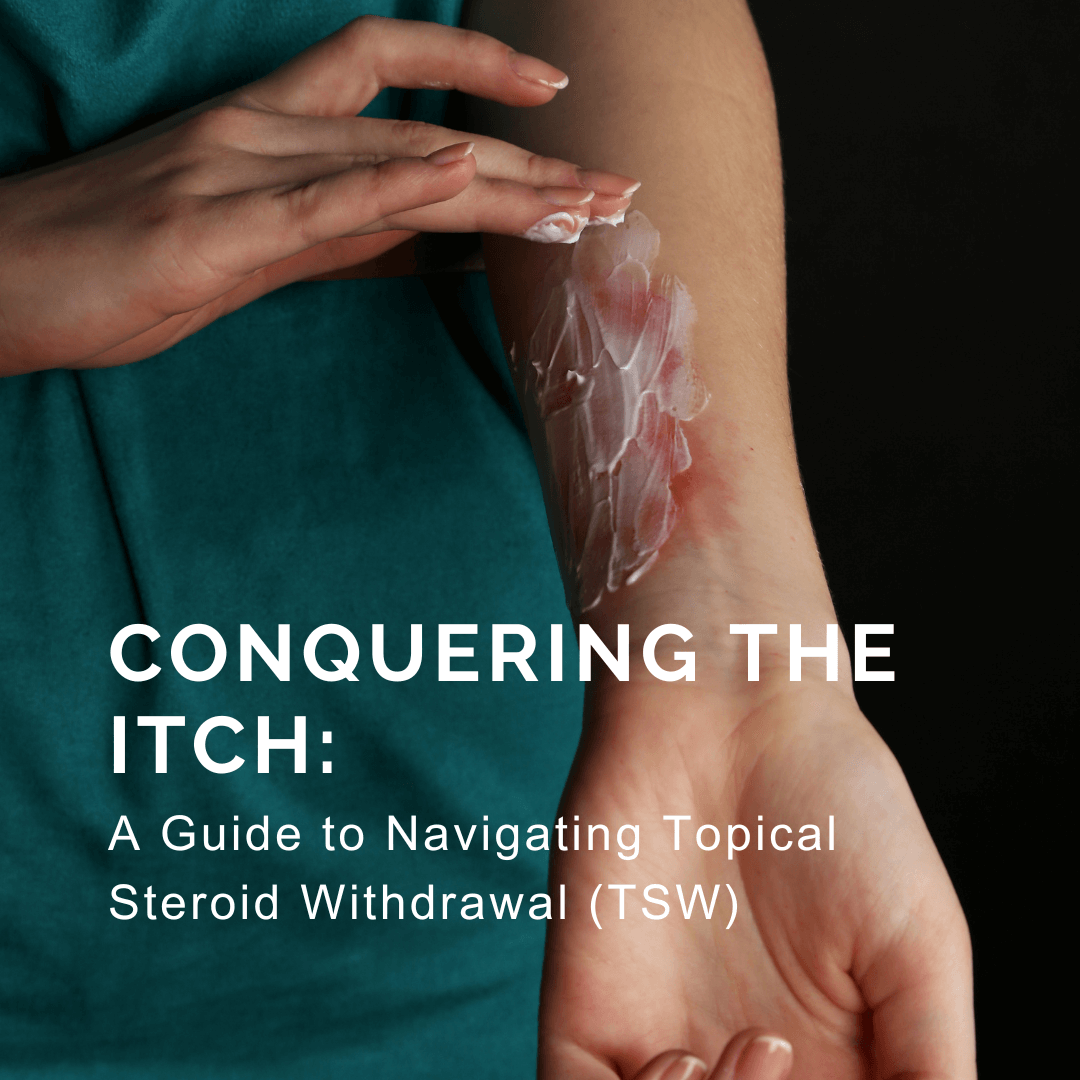
Conquering the Itch: A Guide to Navigating Topical Steroid Withdrawal (TSW)
Share
Have you ever relied on topical steroids to manage a skin condition like eczema or psoriasis, only to find your symptoms worsening after stopping them?
If so, you might be experiencing Topical Steroid Withdrawal (TSW), a frustrating phenomenon that can leave you feeling lost and unsure of how to move forward.
This comprehensive guide is here to empower you on your journey to healthier skin. We'll delve into the complexities of Topical Steroid Withdrawal, offering insights and resources to help you navigate this challenging phase. Here's a roadmap to follow:
Contents
- Understanding Topical Steroid Withdrawal: Dive deep into what topical steroid withdrawal is and how it affects the skin.
- Symptoms of Topical Steroid Withdrawal: Identify the telltale signs and symptoms of Topical Steroid Withdrawal.
- Risk Factors for Topical Steroid Withdrawal: Explore factors that can increase your risk of developing Topical Steroid Withdrawal.
- Topical Steroid Withdrawal Management: A Holistic Approach: Learn strategies to manage symptoms and support skin healing during Topical Steroid Withdrawal
- Medical Supervision
- Gradual Steroid Withdrawal
- Moisturising
- Wet Wrapping
- Stress Management
- The Role of Skincare in Topical Steroid Withdrawal Recovery: Discover how a gentle skincare routine can aid your healing journey.
- Topical Steroid Withdrawal Community and Support: Find resources to connect with others experiencing Topical Steroid Withdrawal.
Key Takeaways:
TSW is a real phenomenon that can occur after stopping topical steroids.
Symptoms can vary but often include intense itching, burning, redness, and dryness.
Gradual steroid withdrawal (under medical supervision), moisturising, and stress management are crucial for healing.
A gentle skincare routine with soothing and barrier-repairing ingredients can significantly aid recovery.
Support groups and online communities can provide invaluable connection and encouragement during TSW.
Remember, conquering Topical Steroid Withdrawal is a marathon, not a sprint. With the right knowledge, support, and a focus on holistic healing, you can emerge with healthier, more resilient skin.
Understanding Topical Steroid Withdrawal
Topical Steroid Withdrawal, often abbreviated as TSW, is a condition that can occur when someone who has been using topical steroids for an extended period abruptly stops or significantly reduces their usage. These steroids are medications applied directly to the skin to reduce inflammation and itching associated with various skin conditions. While they offer effective relief, prolonged use can lead to a dependence on the steroids. When this dependence is disrupted, the skin struggles to function normally, triggering a flare-up of the original condition, often even worse than before.
Here's a deeper look at how Topical Steroid Withdrawal affects the skin:
- Suppression of the Hypothalamic-Pituitary-Adrenal (HPA) Axis: Topical steroids can suppress the HPA axis, a complex system responsible for regulating the body's stress response and cortisol production. Cortisol is a natural anti-inflammatory hormone, and its suppression during Topical Steroid Withdrawal can worsen inflammation and contribute to the characteristic symptoms.
- Disruption of the Skin Barrier: Topical steroids can disrupt the skin's natural barrier function, leaving it vulnerable to irritants, allergens, and dehydration. This can exacerbate dryness, itching, and sensitivity during Topical Steroid Withdrawal
Symptoms of Topical Steroid Withdrawal
Topical Steroid Withdrawal can manifest in a variety of ways, and the severity and duration of symptoms can vary greatly from person to person. Here are some of the most common telltale signs of Topical Steroid Withdrawal:
- Intense Itching and Burning: This is often described as the hallmark symptom of Topical Steroid Withdrawal, characterised by unrelenting and maddening itching and burning sensations.
- Skin Redness and Inflammation: The affected areas may become red, sore, and inflamed, often exceeding the severity of the original skin condition.
- Dryness and Scaling: The skin can become dry, flaky, and scaly, further compromising the already-weakened barrier.
- Increased Sensitivity: The skin can become highly sensitive to touch, irritants in clothing or skincare products, and even temperature changes.
- Pustules and Weeping: In some cases, the skin may develop small, pus-filled bumps (pustules) or experience weeping, where fluid ooses from the inflamed areas.
- Emotional Distress: The constant itching, burning, and discomfort associated with Topical Steroid Withdrawal can take a significant toll on emotional well-being, leading to anxiety, depression, and sleep disturbances.
It's important to note that these symptoms can mimic other skin conditions. If you suspect you might be experiencing Topical Steroid Withdrawal, consulting a dermatologist familiar with the condition is crucial for proper diagnosis and management.
Risk Factors for Topical Steroid Withdrawal: Steer Clear of a Flare-Up
Topical steroids are a powerful tool for managing inflammatory skin conditions like eczema and psoriasis. However, their long-term use can lead to a rebound effect (TSW) when you stop using them. Here's a breakdown of factors that can increase your risk of developing TSW:
- Duration and Potency: The longer and more frequently you use potent topical steroids, the higher your risk of TSW. This is because your skin becomes reliant on the steroids to manage inflammation. Abruptly stopping after extended use disrupts this dependence, triggering a flare-up.
- Areas of Application: Thin and sensitive areas like the face and genitals are more prone to TSW compared to thicker skin on the arms and legs. This is because these areas have a weaker skin barrier that's more easily disrupted by potent steroids.
- Underlying Skin Condition: People with atopic dermatitis (eczema) seem to be at a higher risk of TSW. This may be due to an already compromised skin barrier function in this condition.
- Age: While TSW can occur at any age, children and adults over 65 might be more susceptible. This could be due to a naturally weaker skin barrier in these age groups.
Topical Steroid Withdrawal Management: A Holistic Approach to Healing
TSW can be a frustrating and uncomfortable experience. Here's a look at some strategies to manage symptoms and support skin healing during withdrawal:
- Medical Supervision: Consulting a dermatologist familiar with TSW is crucial. They can develop a personalised plan for gradual steroid withdrawal (if applicable) and recommend appropriate treatment options to manage your symptoms.
- Gradual Steroid Withdrawal (if applicable): In some cases, your doctor might recommend tapering off steroids gradually to minimize withdrawal symptoms. This should be done under their guidance to ensure a safe and controlled process.
- Moisturising: Keeping your skin well-hydrated is essential. Look for fragrance-free moisturisers rich in natural fatty acids to strengthen the skin barrier and prevent dryness, a common TSW symptom.
- Wet Wrapping: This technique involves wrapping moistened bandages around affected areas to increase hydration and reduce inflammation. It can be particularly helpful at night to manage nighttime itching.
- Stress Management: Stress can worsen TSW symptoms. Relaxation techniques like yoga, meditation, or deep breathing can help manage stress and promote overall well-being.
Remember, TSW is a journey, and healing takes time. By working with your doctor and incorporating these strategies into your routine, you can navigate this challenging phase and achieve healthier skin.
The Role of Skincare in Topical Steroid Withdrawal Recovery:
During Topical Steroid Withdrawal, skincare becomes even more crucial. Here's how a well-curated routine can support healing:
- Gentle cleansing: Avoid harsh soaps and cleansers that can strip the skin's natural oils. Opt for a fragrance-free cleanser like Obvs Skincare's Organic Cleansing Balm, formulated to gently remove impurities without irritation or the Organic Oat Soap to help clean the body without further irritation.
- Soothing ingredients: Look for ingredients like organic Arrowroot Powder and Zinc Oxide that calm inflammation and irritation. Obvs Skincare's Intensive Skin Recovery Cream contains a unique blend of these ingredients to soothe and nourish the skin.
- Barrier repair: Focus on products that help rebuild the skin's barrier function, such as those rich in Triglycerides and Fatty Acids. Obvs Skincare's Organic Naked Moisturiser provides deep hydration and helps repair the skin barrier, promoting a healthy, resilient complexion
Topical Steroid Withdrawal Community and Support:
Topical Steroid Withdrawal can be a lonely and isolating experience. Here are some resources to connect with others on a similar journey:
- National Eczema Association: The NEA offers information and support groups for people with eczema, including those experiencing TSW
- Itsan.org: This website provides a wealth of information and a supportive online community for people with TSW
Taking Back Control of Your Skin
Topical steroid withdrawal (TSW) can be a challenging journey, but you don't have to navigate it alone. With the knowledge and support outlined in this guide, you can approach healing with confidence. Remember, conquering TSW is a marathon, not a sprint. By prioritising a holistic approach that combines medical guidance, gradual steroid withdrawal (if applicable), moisturising, stress management, and a gentle skincare routine, you can emerge with healthier, more resilient skin. The road to recovery may have its bumps, but with dedication and the right support system, you can find lasting relief and reclaim control of your skin's health.
Empowering Others on the Path to Healing
This guide is just the first step. Share this information with others who might be struggling with TSW. By raising awareness and fostering a supportive community, we can empower individuals to overcome the challenges of withdrawal and achieve healthier skin together.
